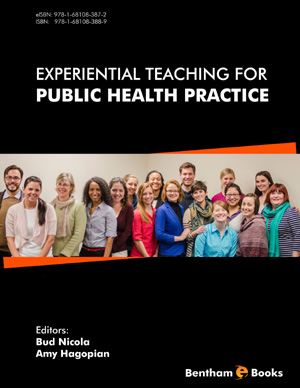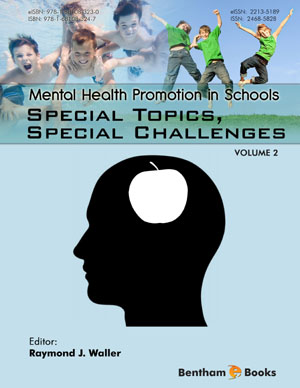Abstract
When public health graduate students enroll in their first epidemiology and biostatistics courses, they vary widely in their knowledge of and comfort with quantitative research methods. This chapter highlights the challenges and rewards of presenting quantitative concepts to students using a problem-based learning (PBL) approach. We suggest adaptations to usual PBL practice to optimize learning for a diverse group of learners. We introduce instructors to a variety of teaching tools for conveying quantitative methods course learning objectives. We provide synopses of six PBL cases and suggest ways to develop cases that incorporate “shoe leather epidemiology” and meet community data analytic needs. Finally, we contrast learning through lecture with learning through experience, arguing that with PBL, students gain knowledge about quantitative research methods that is more than skin deep, and as such, has longer and deeper staying power when graduates embark on their careers as public health practitioners.
Keywords: Biostatistics, Case writing, Community-based teaching, Didactic versus experiential instruction, Epidemiology, Learning environment, Learning objectives, Math anxiety, Preparing public health practitioners, Problem-based learning, Public health learners, Public health pedagogy, Public health practice, Quantitative methods, Teaching.












